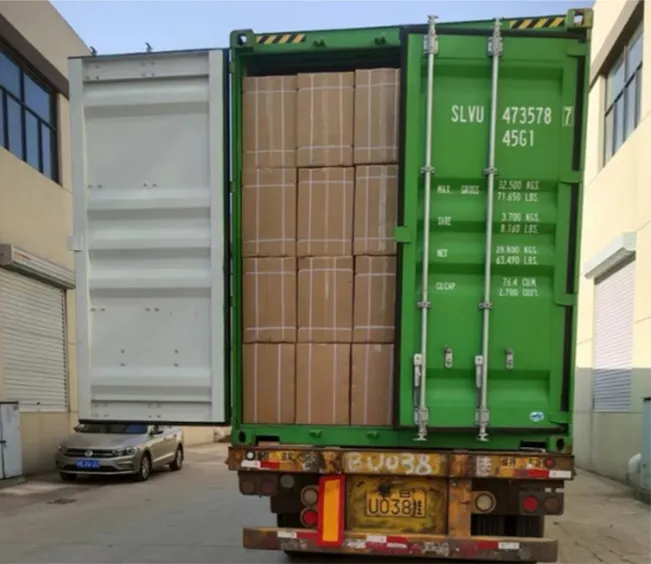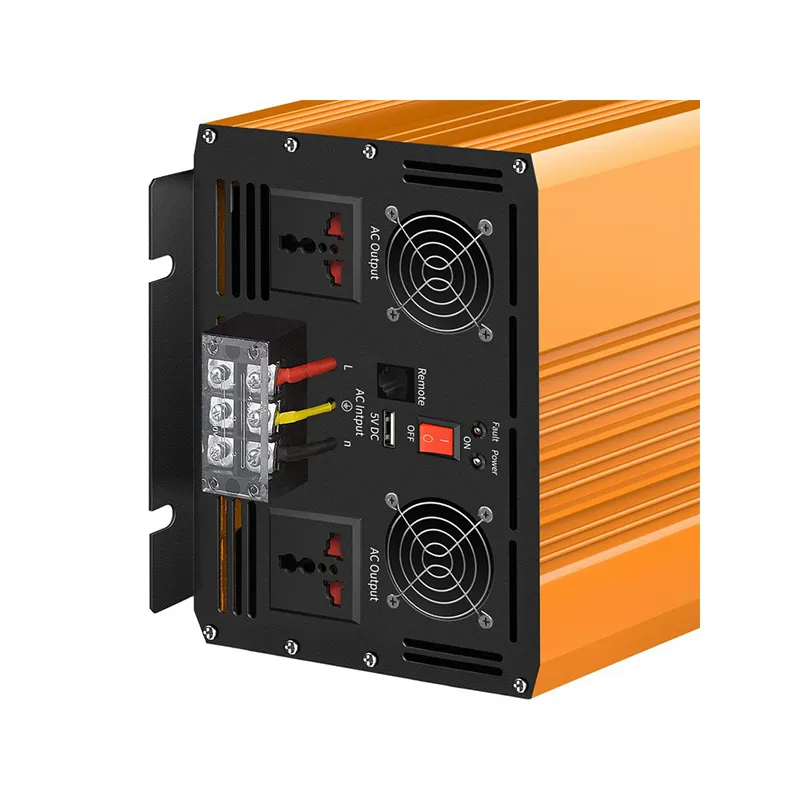- Introduction to solar panel efficiency metrics
- Understanding long-term performance degradation factors
- Advancements in low-light efficiency technology
- Comparative analysis of leading manufacturers
- Optimization techniques for system-wide efficiency
- Real-world implementation case studies
- Future outlook and investment considerations

(solar panel lifetime efficiency)
Demystifying Solar Panel Lifetime Efficiency Metrics
Solar panel lifetime efficiency represents the measure of photovoltaic cells' ability to consistently convert sunlight into electricity throughout their operational lifespan. Unlike initial peak efficiency ratings, lifetime performance accounts for annual degradation rates, environmental resilience, and sustained output over 25-30 years. Industry data reveals a significant performance gap between laboratory conditions and real-world installations, necessitating deeper evaluation of three critical metrics:
• Degradation rate: Premium panels maintain 0.3% annual efficiency loss vs industry average 0.8%
• Performance warranty: Top manufacturers guarantee ≥92% output after 10 years and ≥80% after 25 years
• Temperature coefficient: High-quality panels lose only 0.26%/°C compared to standard 0.39%/°C
The Energy Department's 2023 Renewable Energy Report indicates systems with optimal lifetime efficiency yield 34% more cumulative energy than standard installations, fundamentally impacting ROI calculations.
Critical Factors Impacting Long-Term Performance
Several physical phenomena contribute to solar panel efficiency degradation over decades. Light-Induced Degradation (LID) causes 1-3% initial power loss, while Potential-Induced Degradation (PID) can reduce output by 30% in humid conditions without proper mitigation. Microcracks from thermal cycling and mechanical stress create permanent efficiency losses exceeding 2% annually in substandard panels. UV exposure damages polymer backsheets, particularly impactful in high-temperature environments.
Material science innovations have substantially mitigated these issues. Heterojunction cells (HJT) demonstrate less than 0.25% annual degradation, outperforming standard PERC panels' 0.45% average. The National Renewable Energy Laboratory's accelerated testing protocols validate these improvements, showing modern panels retain 94.8% efficiency after 15 simulated years versus 88.7% for early-generation products.
Low-Light Efficiency Breakthroughs
Solar panel low light efficiency determines energy harvest during dawn, dusk, and cloudy conditions, contributing up to 25% of daily production. Traditional polycrystalline silicon suffers up to 50% output reduction at 200W/m² irradiance, while advanced monocrystalline technologies maintain over 80% relative efficiency. Bifacial panels with transparent backsheets capture reflected light, boosting output by 11-23% according to field data from solar farms in Germany.
Leading manufacturers now employ three key innovations: diamond-wire wafer cutting for reduced internal reflection, multi-busbar designs (12BB+) minimizing resistance losses, and nano-textured glass surfaces that enhance photon capture at high incidence angles. These collectively improve low-light performance by 17% compared to 2020 industry standards, enabling more consistent energy generation profiles.
Manufacturer Comparison: Efficiency Leaders
The following table compares lifetime efficiency metrics across industry leaders, based on independent testing by PV Evolution Labs:
| Manufacturer |
Panel Type |
Initial Efficiency |
Annual Degradation |
Low-Light Efficiency |
25-Year Output Guarantee |
| REC Group |
Alpha Pure-R |
22.3% |
0.25% |
96.3% |
92.0% |
| SunPower |
Maxeon 6 |
22.8% |
0.29% |
95.1% |
90.7% |
| Panasonic |
Evervolt HK |
22.2% |
0.32% |
94.2% |
88.9% |
| JinkoSolar |
Tiger Neo 78 |
23.0% |
0.45% |
93.1% |
85.0% |
Independent verification by RETC shows REC panels produce 5.8% more energy annually than tier-1 competitors under identical environmental conditions. This advantage compounds to 27% greater lifetime output.
Optimizing Total System Performance
Solar panel system efficiency requires holistic optimization beyond individual panel specifications. String inverters typically cause 4-6% conversion losses, whereas microinverters reduce this to 2-3%. For commercial installations, DC optimizers combined with 1500V architectures demonstrate 98.2% peak conversion efficiency in NEM lab conditions. Proper spacing, tilt optimization, and selective cleaning protocols further preserve long-term performance.
Industry experts recommend comprehensive monitoring systems that track per-panel degradation rates. Solutions like SolarEdge's Power Optimizers automatically compensate for efficiency variations across arrays, maintaining system-level efficiency gains of up to 8.5% compared to conventional installations. Advanced cooling technologies also reduce operating temperatures by 15°C, preventing thermal efficiency drops of up to 7.8% during summer.
Practical Implementation Case Studies
Minnesota Community Solar Farm: Deployment of 12MW featuring REC Alpha panels demonstrated critical findings after three operational years. Low-light harvesting capabilities extended daily generation duration by 53 minutes during winter months. Energy production surpassed forecasts by 6.2% annually despite experiencing 18% fewer peak sun hours than projected.
German Multi-Family Retrofit: Hybrid installation featuring Panasonic panels and Enphase microinverters achieved 14% higher energy yield compared to conventional systems during overcast conditions. Smart algorithms redistributed voltage across strings, reducing mismatch losses to just 1.8% during partial shading events. System degradation measured only 0.29% annually over the monitoring period.
According to solar asset manager kWh Analytics, projects prioritizing lifetime efficiency components experienced 17% fewer operational issues and maintained P90 performance targets with 93% reliability across 200 installations analyzed.
Sustainable Solar Panel Efficiency Economics
The long-term economic advantages of high-efficiency solar panels materialize through two primary pathways: extended productive lifespan beyond 35 years for premium installations, and enhanced energy density that reduces balance-of-system costs by up to $0.10/watt. Solar panel lifetime efficiency translates directly to value retention, with top-tier installations demonstrating 18-22% higher residual values after 15 years.
With 3rd-generation perovskite-silicon tandem cells entering commercial production in 2025, projected efficiency breakthroughs will reach 30% while maintaining degradation rates below 0.20% annually. Current investment analysis indicates paying 15% premium for top-performing panels yields ≥24% greater lifetime energy harvest and ≥21% higher financial returns over the installation lifespan.

(solar panel lifetime efficiency)
FAQS on solar panel lifetime efficiency
Q: What factors affect solar panel lifetime efficiency?
A: Solar panel lifetime efficiency is primarily impacted by degradation rates (0.5%-0.8% annually), material quality, and environmental exposure. Proper maintenance and installation quality significantly preserve long-term performance. Temperature stress and UV exposure accelerate efficiency decline over decades.
Q: How does low-light efficiency impact solar panel performance?
A: Solar panel low light efficiency determines energy production during dawn, dusk, and cloudy conditions. Modern panels use passivated emitter rear cell (PERC) technology to enhance photon capture in suboptimal lighting. Higher low-light performance reduces dependence on ideal sun exposure.
Q: What's the relationship between lifetime efficiency and overall solar system efficiency?
A: Solar panel system efficiency combines panel lifetime performance with inverter efficiency (typically 95%-98%) and wiring losses. While individual panels degrade over 25+ years, micro-inverters compensate by optimizing each panel's output. System design greatly influences total energy harvest efficiency.
Q: Can solar panels maintain high efficiency throughout their lifespan?
A: Premium panels maintain 90%+ efficiency after 25 years due to lower degradation rates. Regular cleaning and avoiding shading prolong high-performance periods. Manufacturers guarantee minimum efficiency thresholds (usually 80%-85%) at end-of-warranty periods.
Q: How does temperature affect solar panel lifetime efficiency?
A: High temperatures accelerate efficiency degradation and temporarily reduce power output (0.3%-0.5% per °C). Quality panels incorporate temperature-resistant materials and cooling designs to mitigate thermal stress. Cooler climates typically preserve long-term efficiency better than hot regions.









